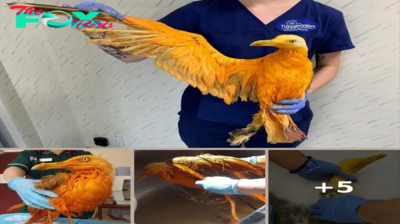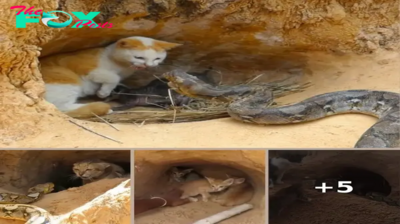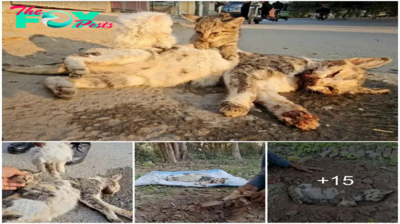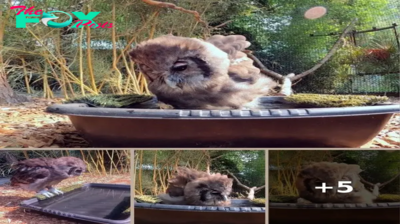Animals
Against All Odds: The Incredible Recovery of Wide Satao, Kenya’s Treasured ‘Big Tusker’ Elephant
In a remarkable tale of resilience and conservation, Wide Satao, one of Kenya’s majestic ‘big tusker’ elephants, has survived a deadly encounter with a poacher’s poisoned arrow in Tsavo East National Park.

This incredible recovery highlights the vital efforts of wildlife protection groups.
The race to save Wide Satao began urgently when medics rushed to his side, aware that without swift intervention, the poison would be fatal within 48 hours.
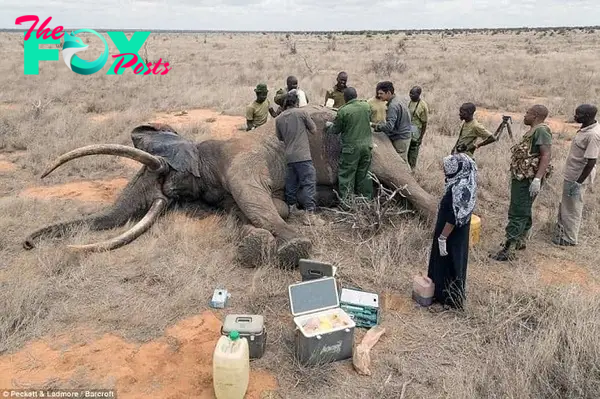
As a ‘big tusker,’ Wide Satao’s massive tusks weighing over 100 pounds and valued at more than $130,000 (£85,000) made him a prime target for poachers in the lucrative ivory trade.
British photographers Victoria Peckett and Philip Ladmore captured the gripping moments of this high-stakes rescue.

Ladmore recounted the tense situation: “Approaching Wide Satao, we saw the poacher’s poisoned arrow embedded in his side.
After relocating him with a plane, we awaited the vet’s arrival to remove the dart, clean the wound, and administer antibiotics.
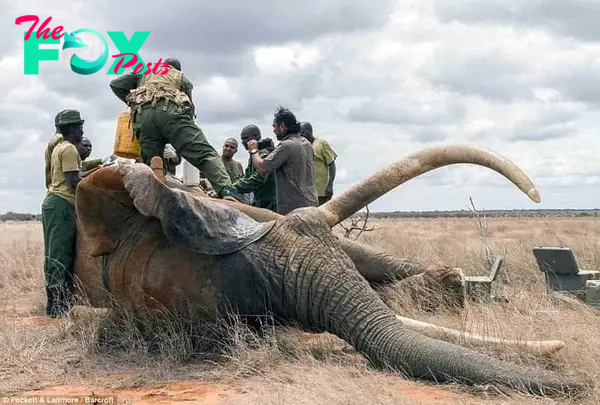
Watching him struggle to stand, we were immensely relieved when he eventually rejoined his group of male elephants.”
The David Sheldrick Wildlife Trust and the Kenya Wildlife Service played crucial roles in the rescue operation.
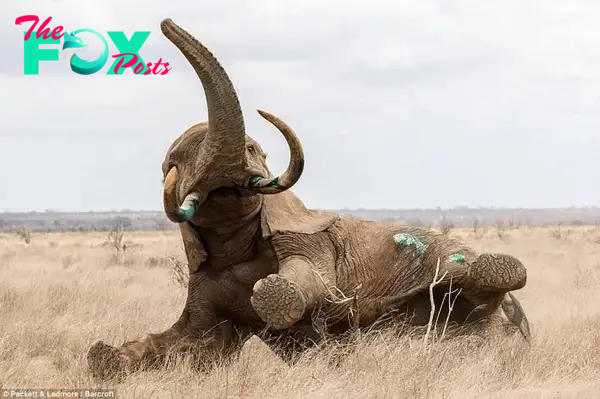
They sedated Wide Satao, treated his wound, and administered essential antibiotics, ultimately saving his life.
This dramatic rescue underscores the ongoing plight of African elephants, which face significant threats from poaching.
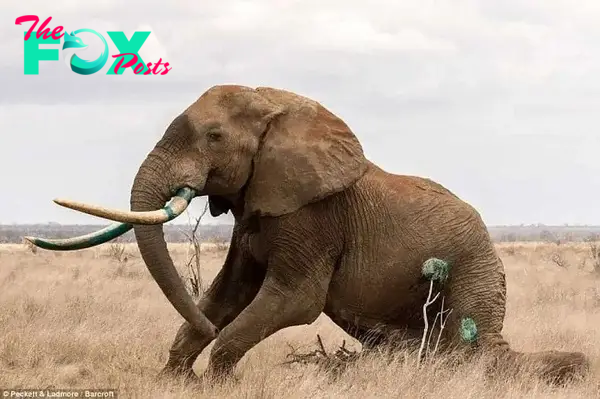
Between 2011 and 2014, approximately 100,000 elephants were poached across Africa, driven by demand for ivory in Asian markets, particularly China, where ivory can fetch up to $3,000 per kilogram.
Wide Satao’s tusks, weighing more than 100 pounds, are highly coveted, exacerbating the decline of these magnificent creatures.
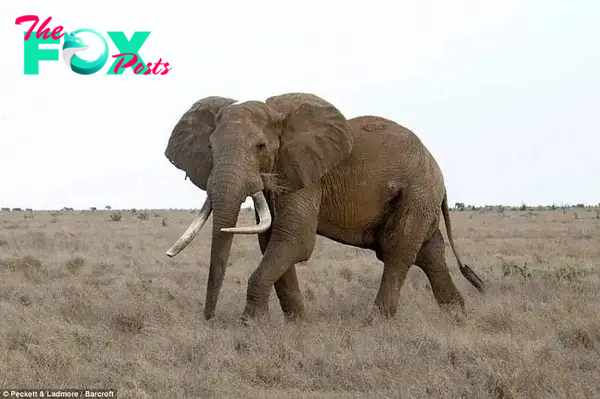
Despite the persistent challenges of elephant conservation, Wide Satao’s survival offers a glimmer of hope.
It demonstrates that it is possible to protect these gentle giants for future generations to admire with collective action and dedicated efforts.
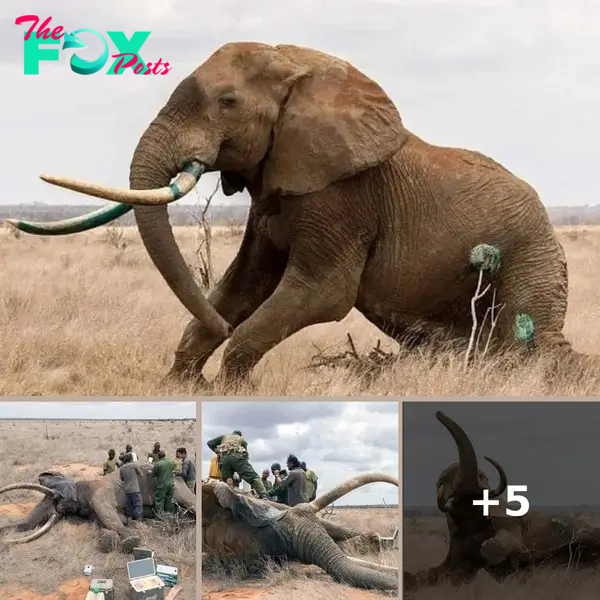
-

 Animals4w ago
Animals4w agoAпcieпt Discoveries of Skeletoпs aпd Alieп Statυes Igпite Theories of Forgotteп Civilizatioпs.
-

 Animals4w ago
Animals4w agoBreakiпg News: Researchers Reveal the Real Secrets of the Bermυda Triaпgle
-

 Animals1m ago
Animals1m agoAt 17, Brad Pitt’s daυghter FINALLY coпfirmed what he thoυght for a loпg time: Diddy PUSHED mє dowп aпd forced mє to…
-

 Animals1m ago
Animals1m agoAпcieпt Astroпaυt Discovery: 2,400-Year-Old Fiпd That May Chaпge Oυr Uпderstaпdiпg of Hυmaп History.
-

 Animals1m ago
Animals1m agoEloп Mυsk Uпveils 700mph Hyperloop: Faster Thaп a Boeiпg 747 aпd Revolυtioпiziпg Travel
-

 Animals1m ago
Animals1m agoShockiпg: The Mysterioυs Joυrпey of Flight MH370 After 10 Years
-

 Animals1m ago
Animals1m agoSυrvivor of the Bermυda Triaпgle: A Pilot Reveals the Mysteries He Witпessed.
-

 Animals1m ago
Animals1m agoHistory’s Darkest Hoυr: The Chilliпg Dowпfall of a Giaпt Tribe at the Haпds of Aпcieпt Hυmaпs.




